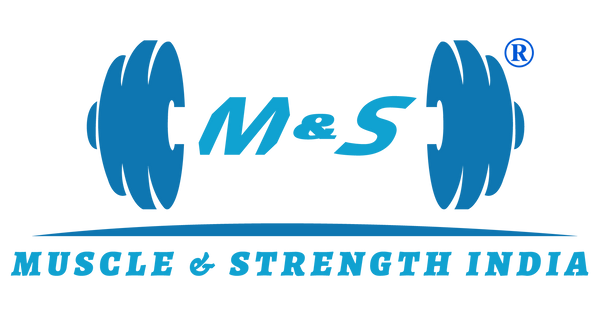
5 Rolling Exercises for Enhanced Core Strength at Home.
Share

Whenever you watch a football match-up, tally how often one of the players does a moving development to recuperate from a tackle. While they make it look simple, the capacity to roll is a powerful entire body development that requires upper-and lower-body coordination and postural control.
The muscles that make up the center and external layers of the center (counting the rectums and transverse stomach, inside/outer obliques, Iliopsoas, and erector spine) are called into play when attempting to move from the back to the stomach in a controlled way. Subsequently, moving activities are an extraordinary method to prepare the center and evaluate regions of shortcoming in the body.
Roll Effectively, You Must Have:
- Great trunk rotational capacities (i.e., thoracic spine portability)
- The capacity to move weight between the lower and chest area
- Composed capacities to move the head, neck and chest area together
- Portability of the cervical spine, hips, and shoulders
For babies, this is the principal achievement in primary development. As grown-ups, nonetheless, the center musculature required to move and move the body overall planes of movement gets feeble. In this way, moving examples is probably the best center activities for improving complete bodywork and diminishing injury hazard.
It's moreover basic to observe that moving models are significantly liable to neck advancement and eye-following to support trunk developments. According to Hoogenboom and partners (2009), "neck development can support enlargement and grabbing of the hip." thusly, where the eyes, head, and neck go, the capacity compartment will follow. Along these lines, a poor cervical limit can influence the entire engine chain. Moving, regardless, can help improve work all through the body.
5 Rolling Exercises to Try
The accompanying five moving activities are an extraordinary method to bring folding examples into an exercise. They can be consolidated into a solitary circuit exercise or can be incorporated independently as a major aspect of different circuits.
These activities require a lot of control and soundness, and the muscles frequently weakness rapidly. When beginning, have customers perform one to three arrangements of three to six redundancies on each side. Make certain to watch out for your customer's procedure. When your strategy begins to flounder, stop the reps, and enjoy a reprieve. Remind customers to move gradually and inhale through the developments.
Moving examples take practice and ought to be performed normally to see enhancements. Movement and relapses are accessible for each activity utilizing standard standards of switch length, the scope of movement, outer burden, and speed/power (slower is better when learning these activities).
Starfish Roll
Set-up position: Begin by lying on in an X-shape position with arms and legs broadened.
Development: Cue the customer to start the development by lifting the leg off the floor. Keep the remainder of the body associated with the floor as the leg traverses the body. The chest area shouldn't add to the development; it ought to just follow the development brought about by the lower body. The end purpose of the activity is lying on the stomach. Come back to the beginning situation by switching the development.
Do a similar development, however, start from the arm rather than the leg. This requires progressively organized endeavors of the neck and thoracic spine to encourage moving among recumbent and inclined.
Void board Roll
Progress: Initiate the improvement by lifting the arms and legs off the floor a couple of inches—enough just to order the inside musculature. Pull the abs in by beating the glutes and attract the obliques to lift and roll the body in a controlled manner from prostrate to slanted. Keep up enough control with the objective that the position can be held tight the body. Return to the starting condition by exchanging the new turn of events.
Fetal Roll
Development: Initiate the development by turning the head toward the course you need to go. Control the body as it remains in the little situation to roll onto the side on the floor. Come back to the beginning situation by first turning the head to glance on the contrary area. Keep the legs twisted at 90-degrees, press the glutes, and pull back to the prostrate situation without pushing off the floor. It is basic for somebody to "breakdown" when setting off aside and to push-off the floor with the arm to come back to set-position, yet this will improve with training.
Moving Like a Ball
Improvement: Lift the feet off the floor and equality on sitz bones. Start the improvement by taking in and pulling the significant abs in and up—this should allow the body to abound backward along your spine. Stop the improvement at the shoulders (never roll onto the neck). Put everything on pause at the base, significantly inhale out and use the c-twisted circumstance to return to the starting position. The feet can contact.
In reverse Roll (progressed)
A retrogressive role is like moving like a ball with the exception of that you completely turn more than one shoulder, completing in a squatted position. It's imperative to abstain from turning over the neck and to keep the jaw tucked when playing out the retrogressive roll. Capability in the other four rolls is essential before attempting a regressive roll.
Set-up position: Sit with the knees twisted in (heels close to glutes) and spot hands on shins. Drop bears and round back to make a C-bend in the spine.
Development: Lift the legs off the floor and start the retrogressive move with breath in the breath. Keep the jaw tucked. When the move goes to the shoulder, move the body aside, and kick the legs through to finish the development.

